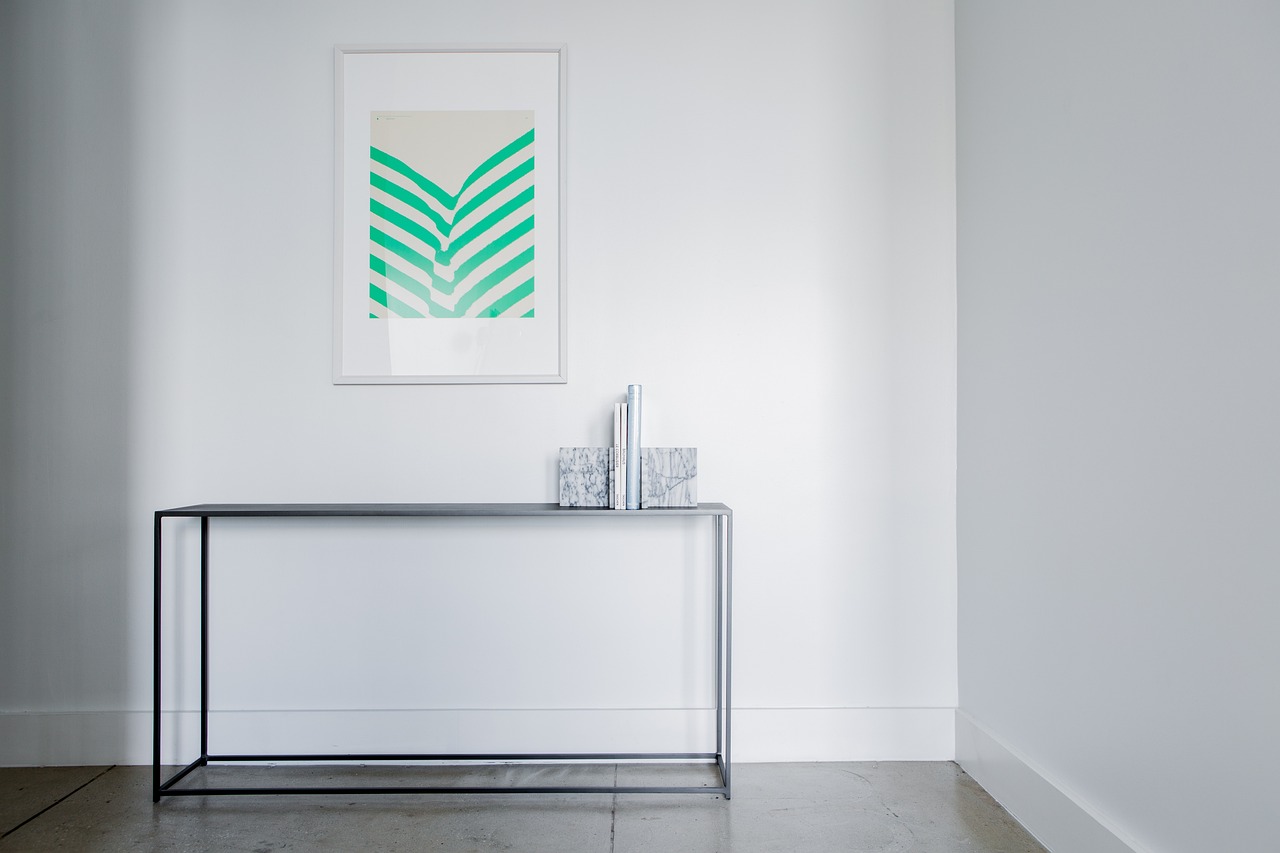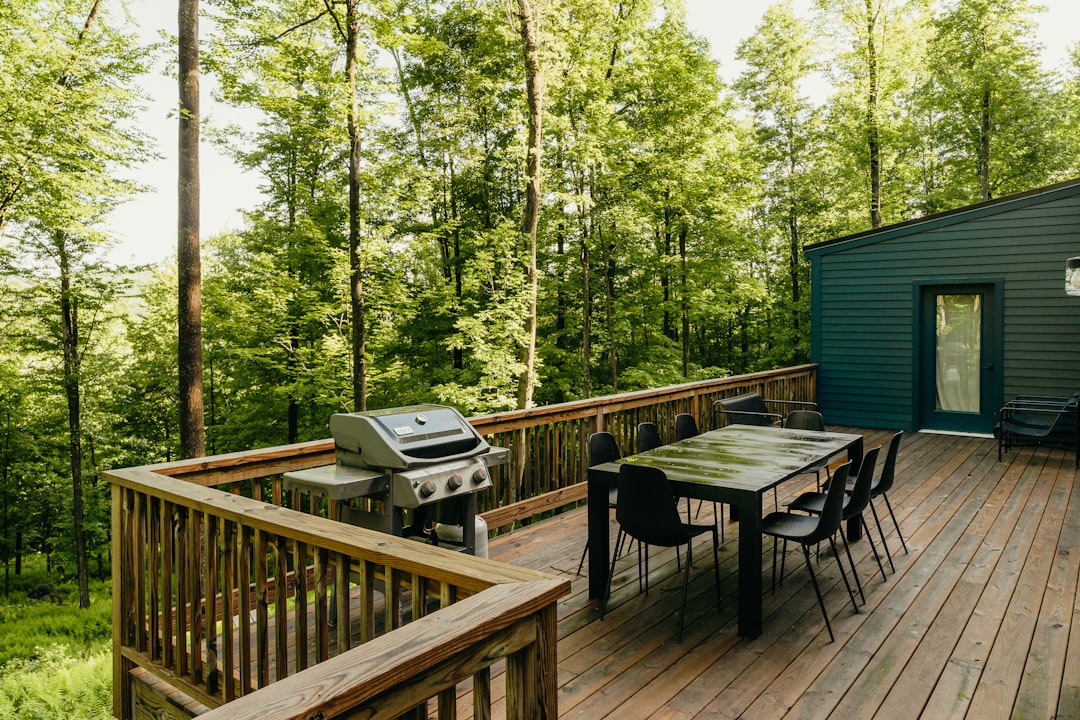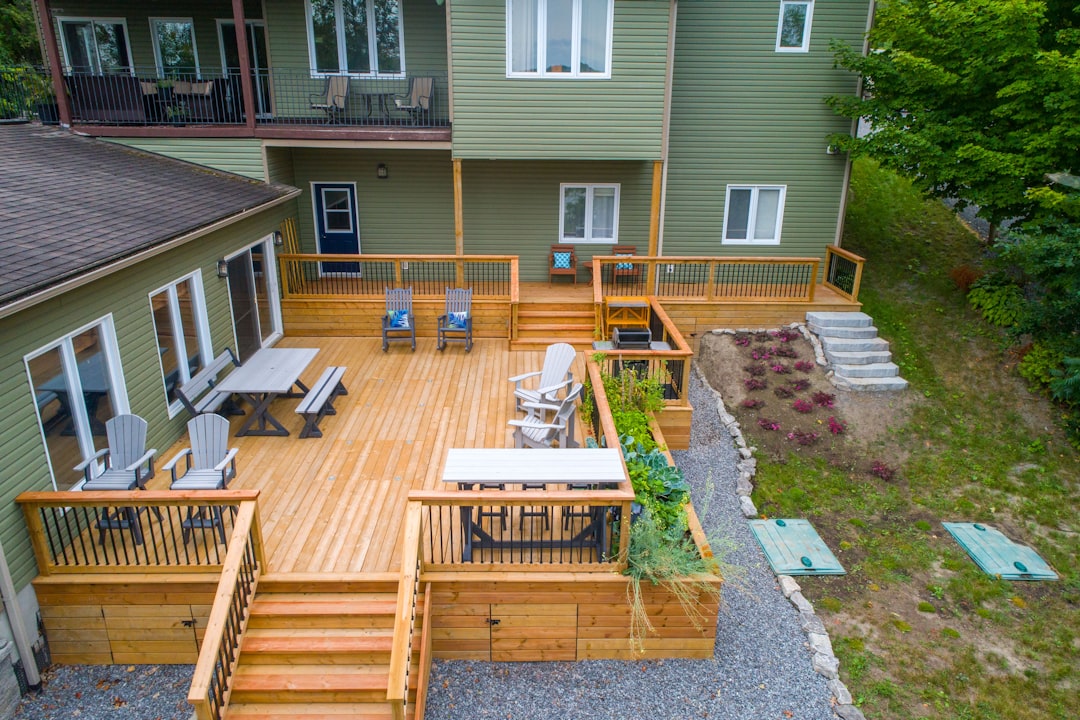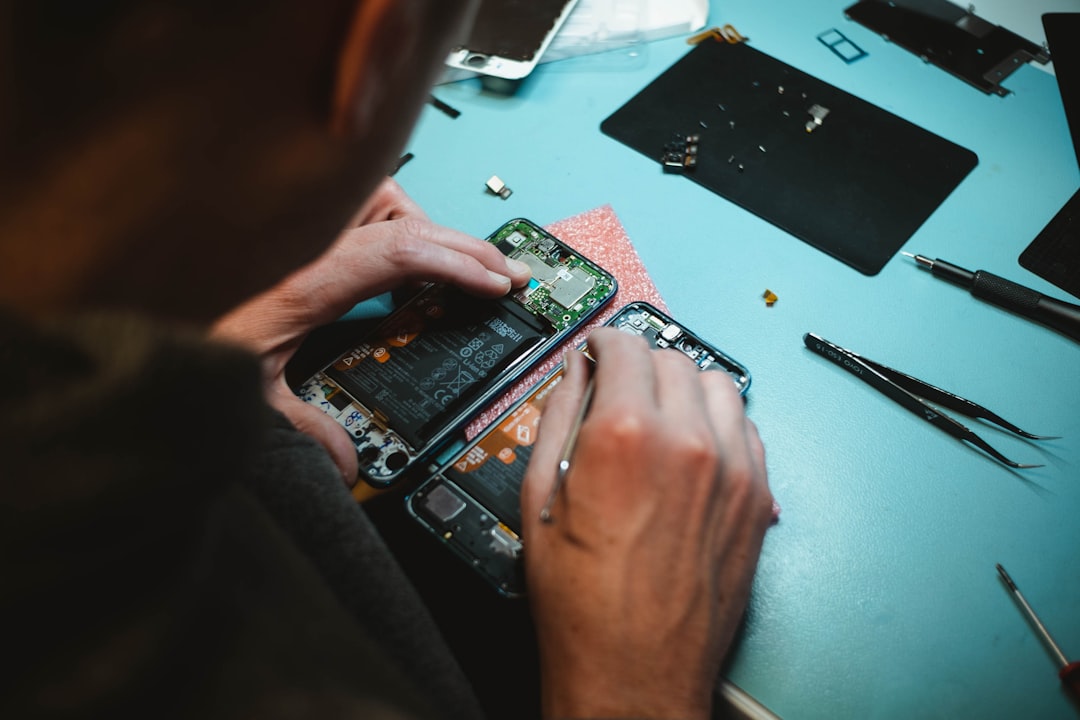Cavity wall insulation is the process of filling the cavity between two exterior walls with insulating material to prevent heat loss. This insulation helps to maintain an even temperature throughout your house, reducing the need for central heating during cold seasons. It also keeps your home cool during the hot months.
Many houses in the United States were built without insulation, which means the homeowner is paying more for energy bills than necessary. Inefficient insulation can result in up to 40% of heat loss during the winter months. However, with cavity wall insulation, homeowners can see a reduction in energy bills of up to 25%. Additionally, insulation can last up to 20 years, so it’s crucial to have it installed correctly.
Getting cavity wall insulation installed isn’t a do-it-yourself project. It’s best left to the professionals. Cavity wall insulation installers are specially trained to assess what type of insulation is suitable for your home and how much you’ll need. They will also take precautions to ensure that all work is completed safely and to the correct standards.
When hiring a cavity wall insulation installer, you want to ensure that they’re a certified professional. Look for a company that is approved by a recognized industry body, such as the National Insulation Association or the Insulation Institute. A certified professional will be knowledgeable about the different types of insulation available and their benefits.
Cavity wall insulation installers use various products to insulate your house. The most common materials used for cavity insulation are mineral wool, polystyrene beads, and foam. Mineral wool is fire-resistant and doesn’t harbor pests, making it a safe and effective insulation material. Polystyrene beads are also an excellent choice and are suited for homes located in areas prone to cold weather. Foam insulation is another choice that has a higher insulation value and is ideal for homes in windy areas or those that need soundproofing.









